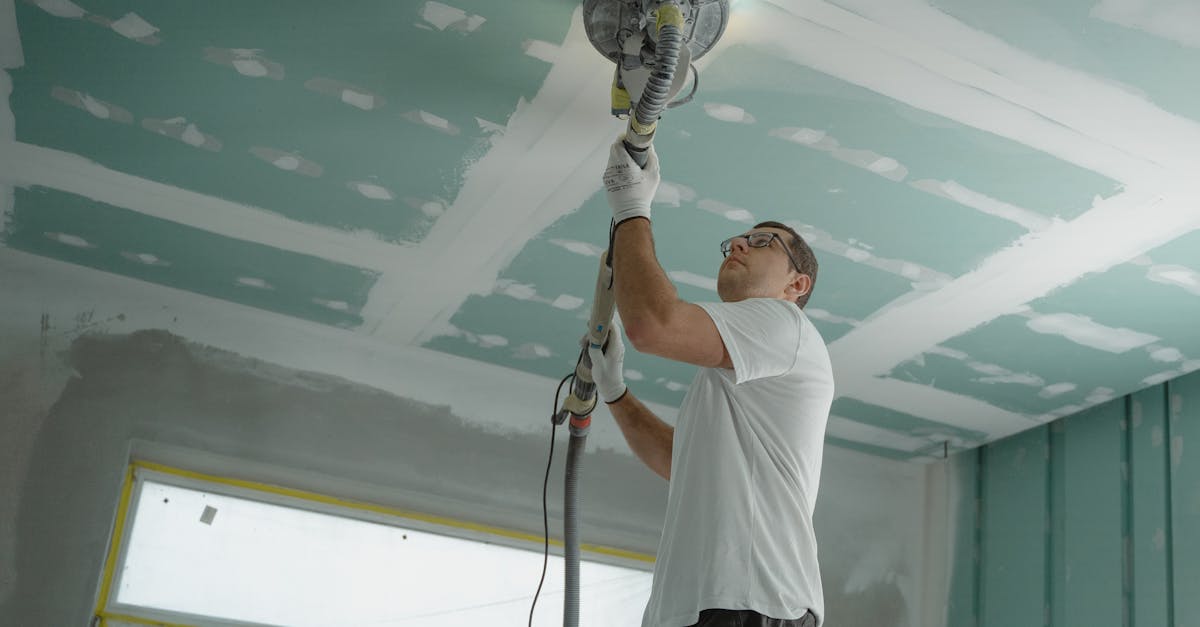
Table Of Contents
Conducting PostConstruction Quality Assessments
Post-construction quality assessments are a critical aspect of ensuring that production home builders deliver high-quality homes to their clients. These assessments involve conducting thorough inspections of the completed properties to identify any defects or issues that may affect the overall quality of the build. By systematically evaluating each aspect of the construction, builders can proactively address any potential problems before they escalate and impact customer satisfaction.
ment
Fostering a culture of quality and continuous improvement is crucial for production home builders to stay competitive in the market and ensure customer satisfaction. By encouraging team members to actively identify areas for enhancement and innovation, companies can create an environment that values excellence and seeks out opportunities for growth. This culture of continuous improvement not only benefits the company internally but also translates into higher-quality homes for clients.
Team members should be empowered to take ownership of their work and be proactive in suggesting improvements to processes or practices. By fostering a sense of responsibility and accountability within the team, production home builders can instil a culture where everyone is invested in delivering the best possible outcomes. This collaborative approach not only leads to a more efficient and effective operation but also cultivates a sense of pride and satisfaction among team members as they see the positive impact of their contributions on the overall quality of the projects.
Encouraging Team Members to Identify Areas for Enhancement and Innovation
Encouraging team members to identify areas for enhancement and innovation is crucial for the growth and success of production home builders. By fostering a work environment that values input from all team members, companies can tap into a diverse range of perspectives and ideas that can lead to improved processes and products. Team members should be encouraged to share their thoughts and suggestions openly, without fear of judgment, as this can unlock untapped potential and drive innovation within the organization.
Recognizing and rewarding team members who contribute to enhancements and innovation can further incentivize a culture of continuous improvement. This can be done through regular acknowledgments, promotions, or even monetary rewards for outstanding ideas that have a tangible impact on the business. By valuing and fostering a culture of innovation, production home builders can stay ahead of the competition, adapt to changing market demands, and ultimately deliver a superior product to their customers.Homes Builders Adelaide
FAQS
What are the benefits of conducting post-construction quality assessments?
Conducting post-construction quality assessments helps production home builders identify any defects or issues that may have arisen during the building process, ensuring that the final product meets the required standards of quality.
How should production home builders address defects or issues promptly and effectively?
Production home builders should have clear protocols in place to address any defects or issues that are identified, promptly rectifying them to maintain the quality of the homes being built and uphold customer satisfaction.
Why is it important to incorporate customer feedback and satisfaction surveys in quality control protocols?
Incorporating customer feedback and satisfaction surveys allows production home builders to gather valuable insights into the client experience, enabling them to make improvements to their processes and ensure that clients are satisfied with the end result.
How can production home builders analyse feedback to improve processes and ensure client satisfaction?
By analysing feedback from customers and satisfaction surveys, production home builders can pinpoint areas for improvement in their processes, implement necessary changes, and ultimately enhance client satisfaction with their services.
What is the significance of fostering a culture of quality and continuous improvement in production home building?
Fostering a culture of quality and continuous improvement encourages team members to actively identify areas for enhancement and innovation, leading to a more efficient and effective production process that consistently delivers high-quality homes to clients.
Related Links
Quality Management in Production Home BuildingBest Practices for Quality Control in Production Home Building
Enhancing Quality Control Processes for Production Home Builders
Evaluating Quality Control Measures for Production Home Builders
Streamlining Quality Control Processes for Production Home Builders
Maintaining Quality Control in Production Home Building
Copyright © Homes Builders Adelaide. All rights reserved.